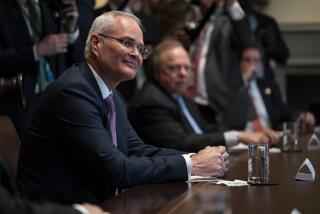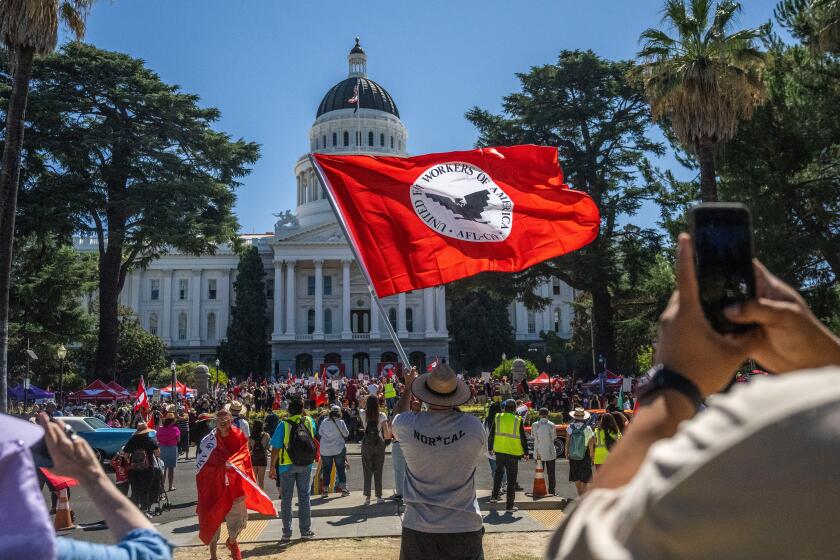Alternative Car Parts Targeted as New Field : Commerce: A Southern California consortium is trying to develop an industry to replace some of the lost aerospace work.
Southern California’s chance to capture a piece of the budding alternative vehicle business--and find new work for its fading aerospace industry--will not go the way of former failures if a determined group of researchers and business executives have their way.
Southern California Edison, researchers from UCLA and others have thrown their support behind a consortium forming under the banner Calstart--an effort lauded in the recommendations of the Los Angeles County Aerospace Task Force as a means of giving the region a foothold in this potentially worldwide industry.
“We lost the super-collider to Texas and--the most painful--we lost the national earthquake center to Buffalo,” says Barry R. Sedlik, manager of business retention for Edison.
Eager to prevent a repetition of those experiences, Calstart began with informal meetings of Southern Californians interested primarily in electric vehicles and the battered regional economy.
Some key events prodded them forward.
Last May, UCLA’s Lewis Center for Regional Policy Studies released a provocative study of the manufacturing capability of the region. Southern California appeared well-suited to building parts, in particular, for alternative-fuel vans and buses.
Then Rep. Howard L. Berman (D-Panorama City) added an amendment to a transportation bill that became law last December. His amendment offers $12 million in matching funds to three or more consortia promoting alternative-vehicle industries. The deadline for proposals is May 27.
Calstart was founded, largely to seek one of the grants, in mid-February by Lon E. Bell, president of Amerigon, a tiny Monrovia-based developer of components and subsystems for electric vehicles.
Amerigon is building what it terms a Showcase Electric Vehicle, using a $375,000 grant from the South Coast Air Quality Management District. But Bell and others believe that a more immediate goal for Southern California industry may be building and selling parts to existing auto makers.
The showcase car, Bell says, is more a “a means of conveying the regional technology to automotive companies worldwide.”
Others in the loosely organized group agree.
“The Japanese or the Big Three are still going to have a leg up on how you do mass production of huge volumes,” Sedlik says--though he adds that nothing is being excluded as Calstart gets started.






